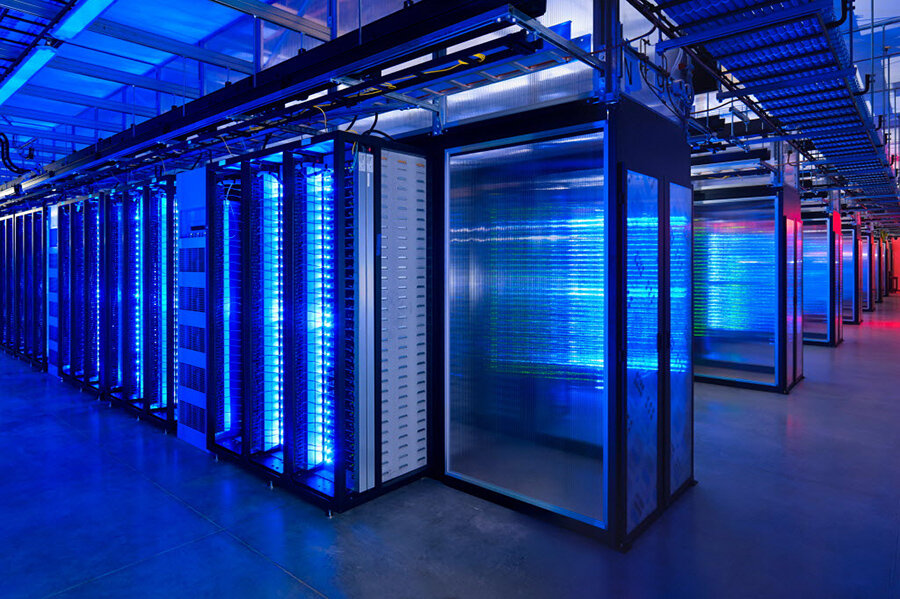How Facebook's 'machine learning' creates highly-detailed population maps
Loading...
Artificially-intelligent machine learning technologies that allow computers to “learn” to recognize patterns and make judgments have been used to translate languages, recognize objects in photos, and filter email.
Now, Facebook is using its own expertise in computer vision — the image-analysis technology that powers the social network’s photo tagging features — to create detailed maps of where people live and how factors such as population density impact their ability to connect to the Internet.
So far, the effort has yielded maps of 20 countries, particularly focusing on identifying buildings and other man-made structures in rural and remote areas.
The highly-detailed maps could also be used for other purposes, such as improving responses to natural disasters, the company said in a blog post announcing the effort on Monday.
The effort is part of Facebook’s Connectivity Labs, which oversees the technical aspects of the social network’s Internet.org effort, including its large solar-powered Aquila drones, which the company hopes to use to deliver high-speed Internet to a 50-mile area.
A team of researchers from the group worked with the company’s data science, artificial intelligence, and machine learning teams to analyze 350 terabytes worth of images that covered 21.6 million square kilometers across all the countries.
The maps could be particularly useful in determining how best to provide Internet access to people in the developing world, whether through traditional wireless or cell tower connections or more unusual means like drones, satellites, and lasers, the company says.
“The basis of this stems from being able to have accurate models of where people in the world are," Yael Maguire, who oversees Facebook’s Connectivity Lab, told Fast Company. “The data that [already existed] was somewhat inadequate to build adequate models for where” newer technologies, such as drones and satellites could be use most efficiently.
Using computer vision techniques, the researchers were able to identify man-made structures, which they are using as a proxy for people living in a particular area.
They created the maps using a three-step process that first discarded images with large, non-man-made features, such as deserts, forests, and water, then detected whether a satellite image contained a building.
Lastly, the researchers “trained” a neural network using a relatively small number of images — about 8,000 — to identify buildings in other countries while filtering out areas that didn’t contain man-made structures. They then redistributed census count of local populations equally over the buildings identified by the computer.
“This method assumes equal population distribution per building within a census area, which we felt was the least error-prone method of obtaining population densities since it doesn't make any assumptions on the number of people per building and constrains systematic errors to within one census area,” wrote researchers Andreas Gros and Tobias Tiecke in the blog post.
In addition to using a relatively small number of images to train the network to recognize buildings, the effort also improves on the resolution of existing population density models. While many are currently at a resolution of 1 kilometer, Facebook’s model offers data at a resolution of 5 meters, the researchers note.
In addition to its own efforts to improve Internet connectivity, the company also plans to release its work to the public later this year, including releasing a combined population data set developed with researchers from the Center for International Earth Science Information Network at Columbia University.
The project has mapped Algeria, Burkina Faso, Cameroon, Egypt, Ethiopia, Ghana, India, Ivory Coast, Kenya, Madagascar, Mexico, Mozambique, Nigeria, South Africa, Sri Lanka, Tanzania, Turkey, Uganda, Ukraine, and Uzbekistan, according to Fast Company.
The new maps join a growing number of machine learning tools developed by tech companies that have been released to the public in recent months, including Facebook’s own Torch, Google’s Tensor Flow, Microsoft's CTNK software toolkit, and forthcoming efforts from the Open AI research collaborative funded partly by Tesla head Elon Musk.
The Facebook researchers say the mapping project could have a variety of uses in addition to improving how users in rural parts of the world go online. It could help validate census data, aid socioeconomic research, and be used to create risk assessments for natural disasters that could improve the response from agencies around the world. Making the project publicly available greatly improves the ways in which the tools can be used, one industry expert says.
“Data about human populations—whether farm output or population density—is costly and slow to obtain,” Mark Johnson, chief executive of Descartes Labs, which analyzes satellite imagery for the agriculture industry, told Fast Company. “The most exciting thing about Facebook's work is not just about the population density of today, but looking backwards to see trends and running this analysis as new, better satellite imagery is available."





